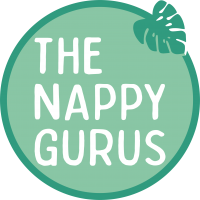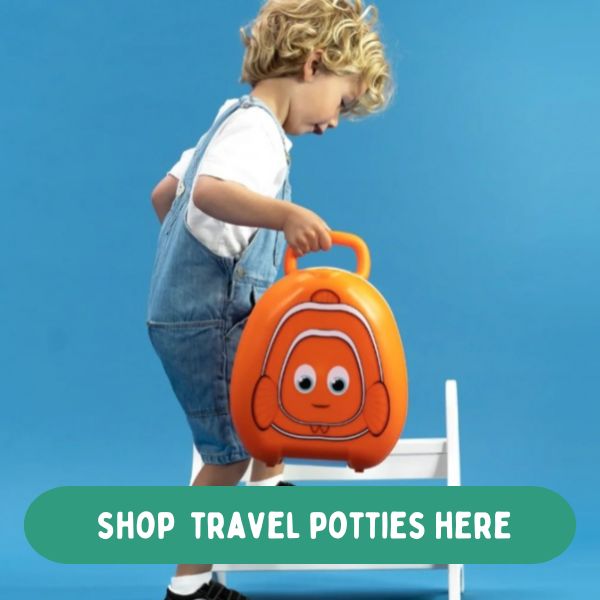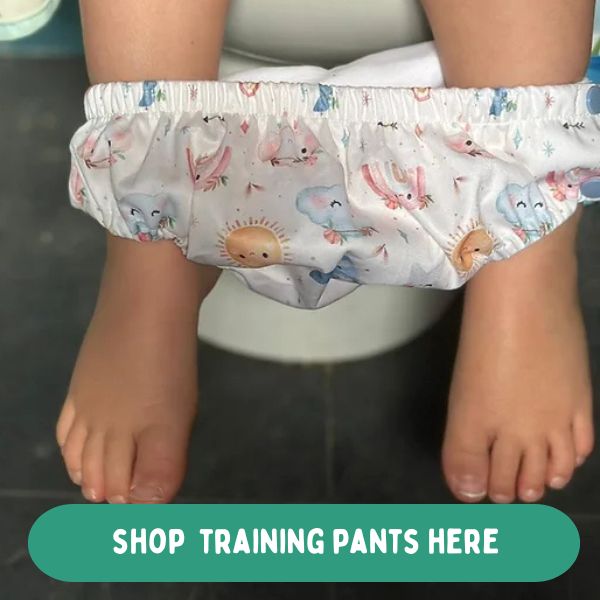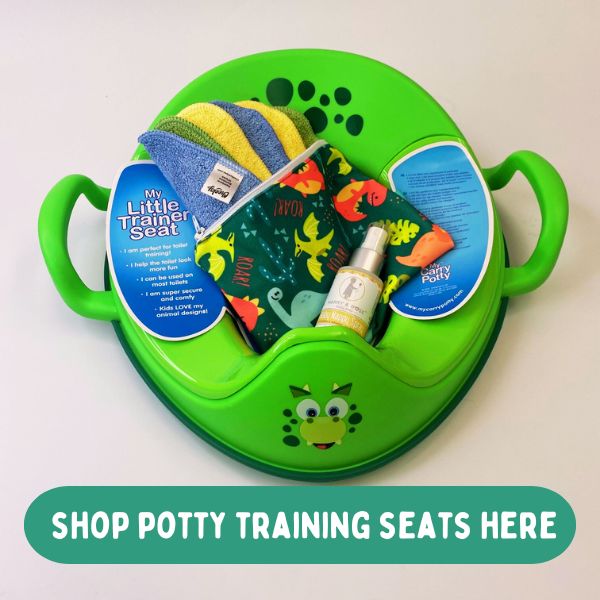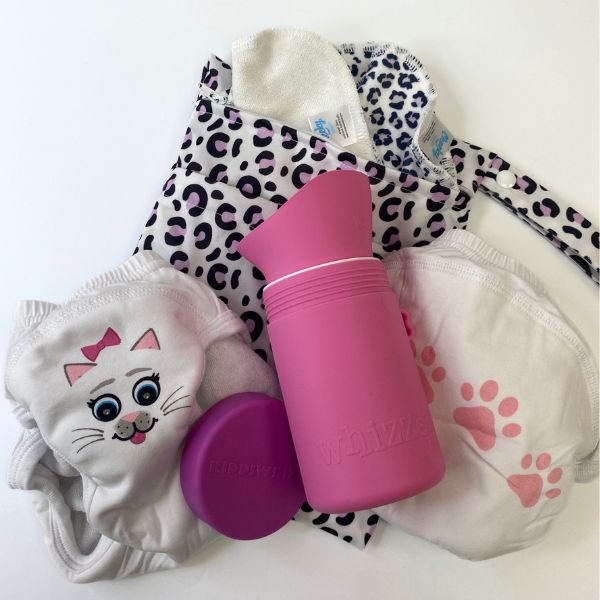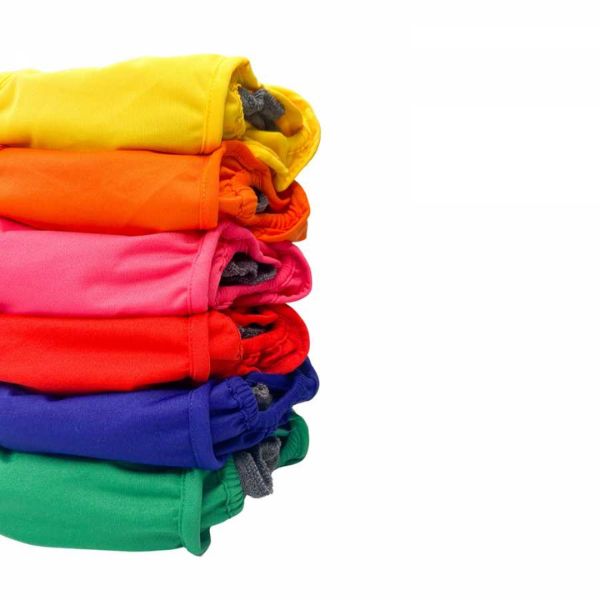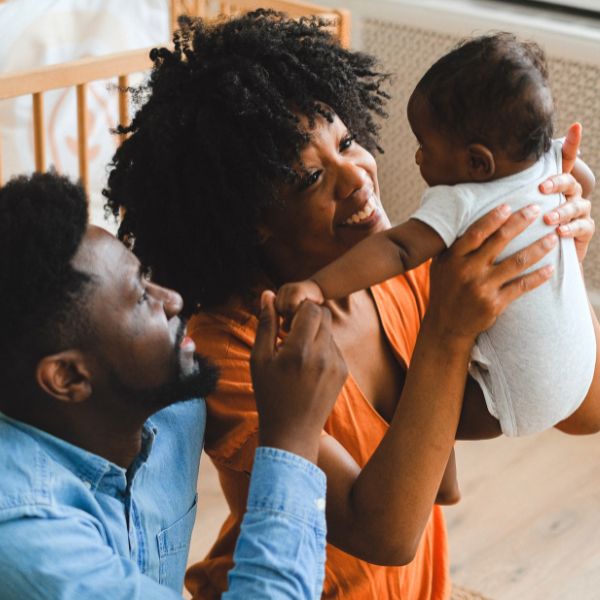Potty Training: When and How to Start
Potty training is a significant milestone in every child’s development, but it can be a daunting task for parents, especially if your child isn't showing signs when you expect or when their friends do. This guide will equip you with practical tips to help you and your little one(s) get dry without too much stress.
Signs Your Child Is Ready for Potty Training
Every child develops at their own pace, but between 18 months and 3 years you can start to introduce the potty and see how it goes. One of my sons showed no signs until he was nearly three even though he had watched his twin sister potty train at just over 2, and my youngest potty trained himself at 16 months because the twins loved taking him to the toilet!
I promise I did nothing different, they went with their own time lines. Toilet training a ready, keen little one even at 16 months old was WAY easier than his easy going laid back big brother at 3, we had many more accidents and wet trousers - if it wasn't a requirement for starting at his nursery school I would have left him a few months longer.
Some of the most common signs that your child is ready to start potty training include:
- Staying dry for longer periods.
- Regular bowel movements.
- Verbal and non-verbal cues.
- Showing discomfort in wet or soiled nappies.
- Telling you they need to go or that they have gone.
- Interest in watching others use the toilet.
- Pulling down their own trousers.
- Hiding to go to the bathroom.
- Following simple instructions.
- Waking up dry from naps.
- Expressing independence and wanting to do things on their own.
Tips for Potty Training
You want to make potty training as relaxed as possible, here are some tips to avoid you all being overwhelmed:
1. Choose the Right Potty
Find a potty chair or a toilet seat insert that your child is comfortable using and that is easy to clean. Let them be involved in choosing one to increase their interest. We sell the extremely popular 'my carry potty' range, their colourful animal themed designs will interest your little one.
2. Create a Routine
Encourage your child to sit on the potty at regular times, after meals or before bedtime, to establish a habit. Going to the toilet before making journeys will set you up for less accidents. I set a timer on my phone to prompt them hourly in the first few days.
3. Make It Fun & Relaxed
Use books, toys, or songs to make potty time enjoyable. Avoid putting too much pressure on your child. Set up a potty corner with stuff to do as you may find you need to sit for a while to catch the first few wees so your toddler understands what all the fuss is about.
My eldest was surprised every time he wee'd in the early days, he had no idea it was coming - we went pantless in the back garden for the afternoon with a big drink and the water table to await the inevitable! Portable unisex urinals are great for catching nature wees!
4. Reward All Progress
Celebrate every small achievement with praise, stickers, or small rewards even just sitting on the potty is worth congratulating. Make sure you don't get too excited or you will frighten them!
5. Use Potty Training Pants and Pull-Ups
Reusable potty training pants and pull-ups help with the transition from nappies to underwear while minimising mess from accidents. They won't hold a full bladder release but will allow children to feel the wetness and will gradually help them to stop and try to hold it until they get to the potty.
6. Prepare for Setbacks
Accidents are normal. Stay patient and encourage your child rather than scolding them. Have a pile of clothes and reusable wipes set up in the morning so you can change with no fuss.
7. Dress for Success
Choose quick-to-remove clothing to make it easier for your child to go to the potty in time. PJ bottoms at home are a good option, and stretchy jogging bottoms for out and about - Pro tip - go for elasticated leg cuffs just in case a sneaky poo heads down a trouser leg, I have learned from experience this is not something fun to find on the public library floor!
8. Lead by Example
Let your child see you or an older sibling using the toilet to help them understand the process. Everyone taking it in turn to use the toilet can be fun for little ones.
9. Be Consistent
Stick to the potty-training routine even when travelling or visiting new places. Take a wetbag, portable potty, a couple of changes of clothing and carry on as normal!
Travel pottys are great to store in your car for older kids too - my mum once had a wee in my little brothers potty beside the Eiffel Tower!
Don't take short cuts and tell them to pee in their nappies at the end of naps or diaper them up for long car journeys, this can be confusing for toddlers and set you back a few weeks. Once they are in pants and are happily having success, stick to it and be consistent.
10. Know When to Take a Break
If your child resists or gets frustrated, and it isn't going well - take a break and try again in a few months. There is no hurry to be dry.
Being cross or pushy will only make your independent mini human dig their heels in!
Remember night time dryness is a completely different process involving hormones rather than determination, whilst some become dry at night at the same time as in the daytime many children take longer and can wet the bed long into their school years.
Potty Training for Children With Additional Needs
For children with additional needs, delayed speech, autism, or a physical disability, potty training might be more challenging and your child may be ready later than average. Consider using visual aids, social stories, and sensory-friendly equipment to make the process easier. Speak to any specialist your child has meetings with, they may have experience with similar families and potty training. Contact have some valuable information, support and resources.
Potty training is a journey that requires patience, consistency, and encouragement. Every child is different, so trust the process and celebrate small victories along the way.
You can contact us directly for advice, the team chat pee, poo and periods all day long and are happy to help! We’d also love to hear your experiences or answer any questions in the comments!
You can read more of our blogs for helpful tips and guides:
How to choose a potty training seat
Avoid plastic waste travelling with babies
About the Author: Kirstin on our customer services team loves spending her days helping customers with their reusable period product needs and advising cloth nappy using families. Kirstin lives with her three teenagers and loves walking, cycling and sea swimming year round in our beautiful bay.She is excited to share her extensive knowledge and enthusiasm for all things reusable, helping a new generation of parents navigate eco-friendly choices for their children.
